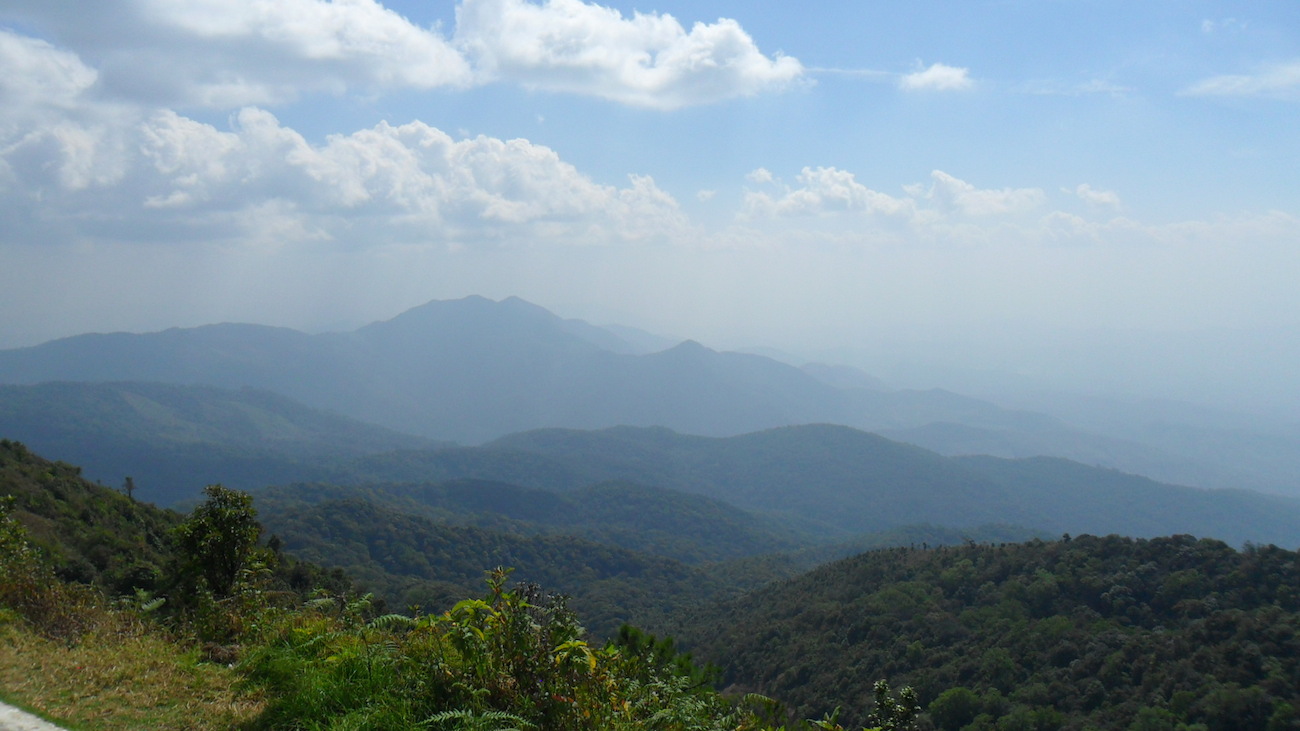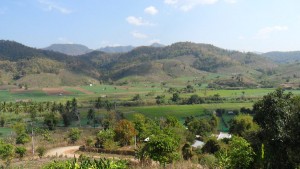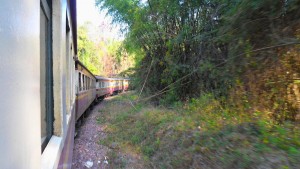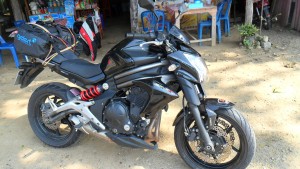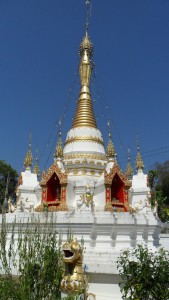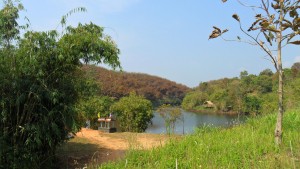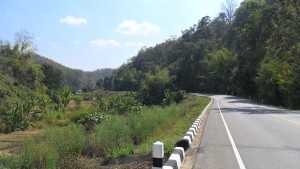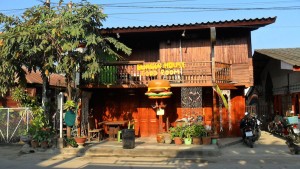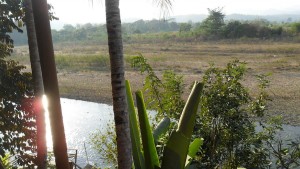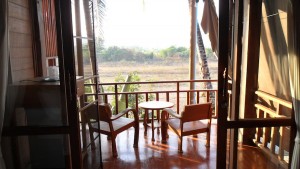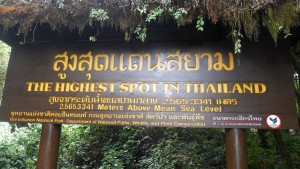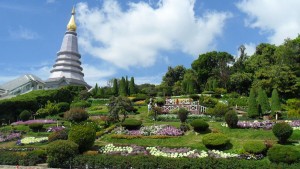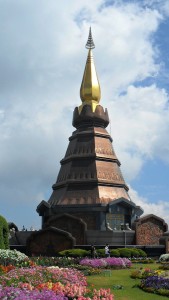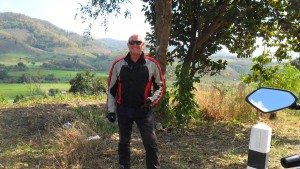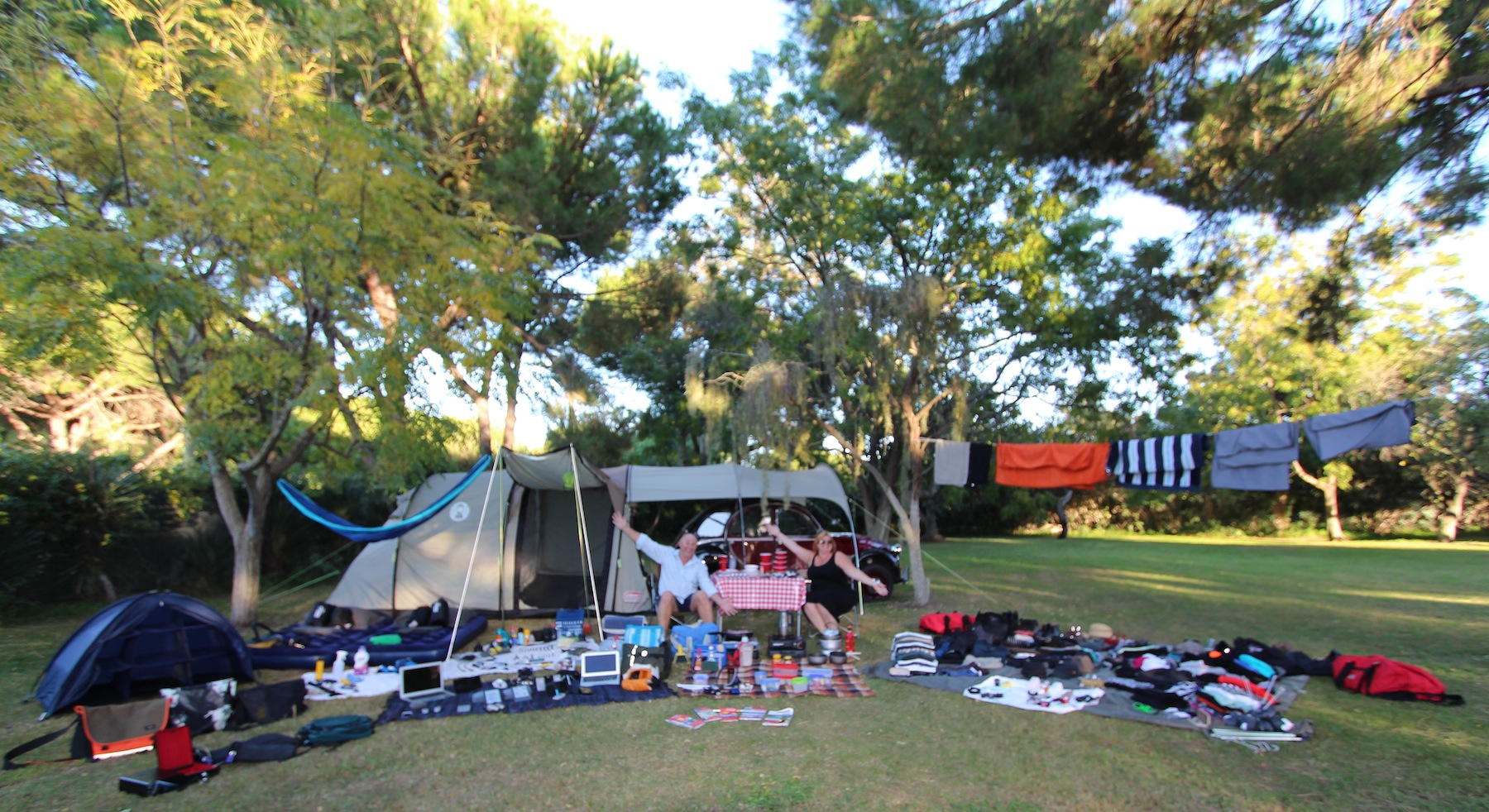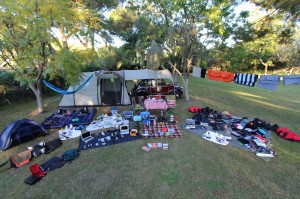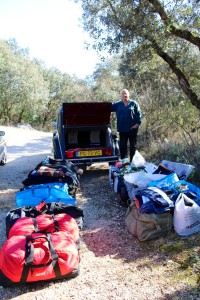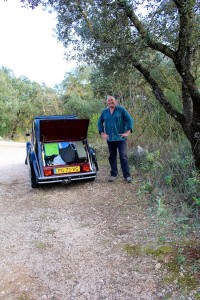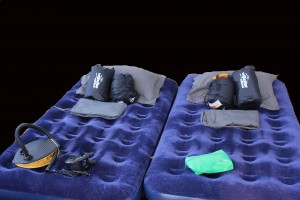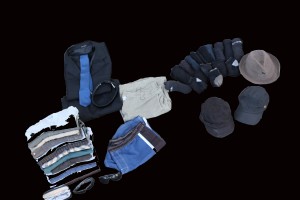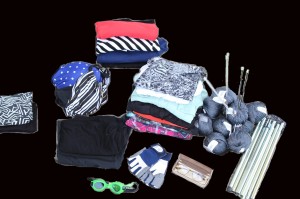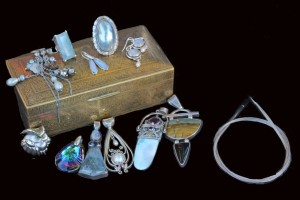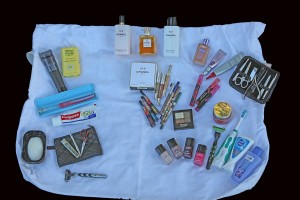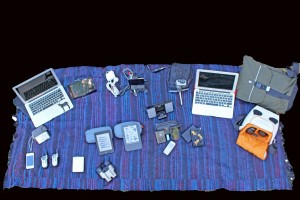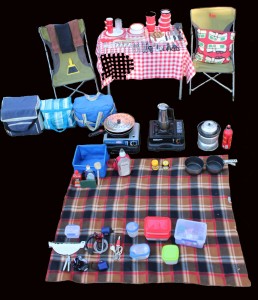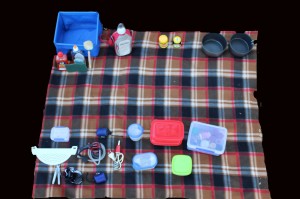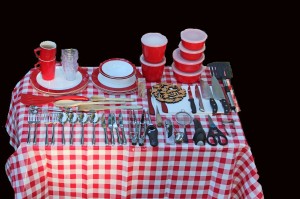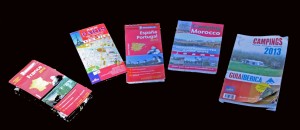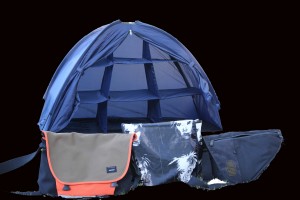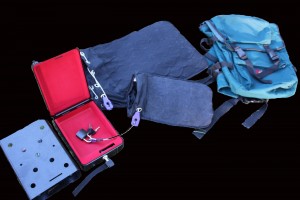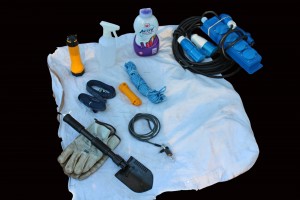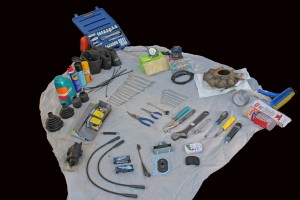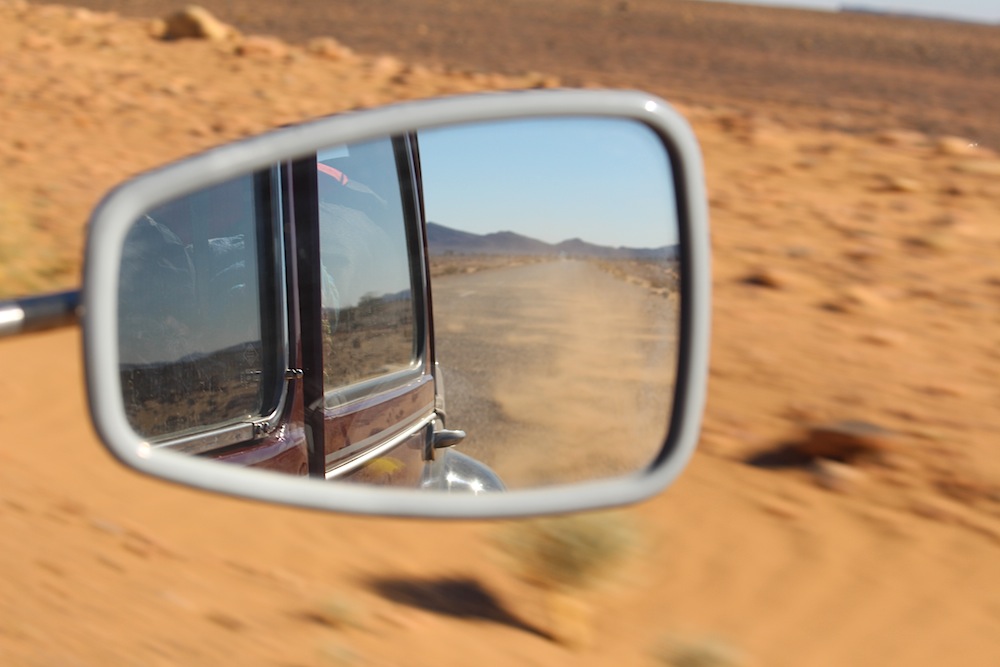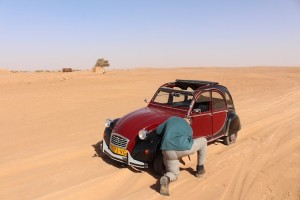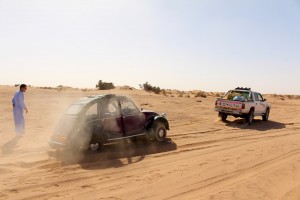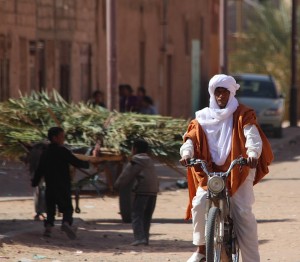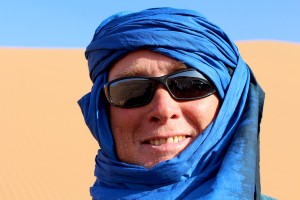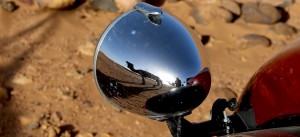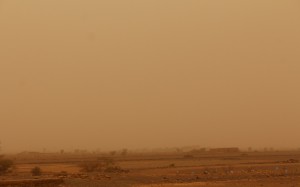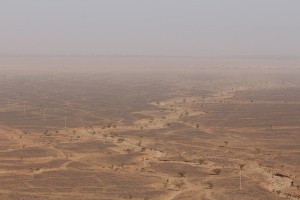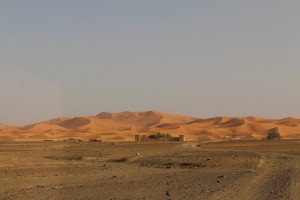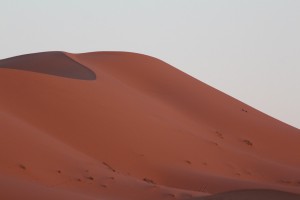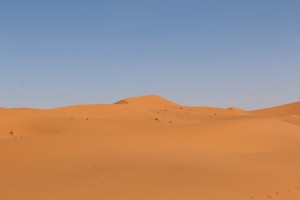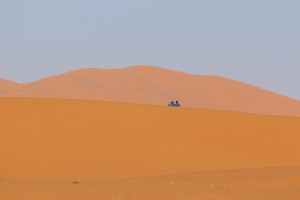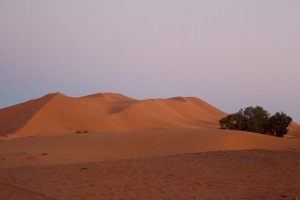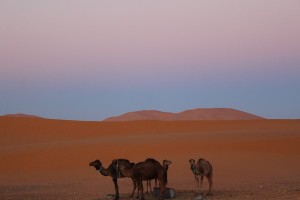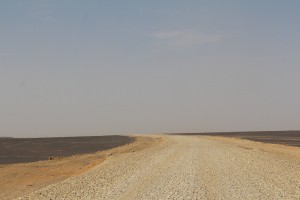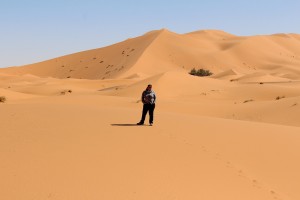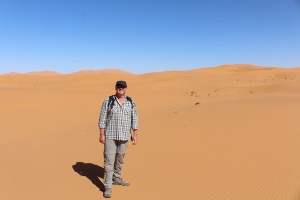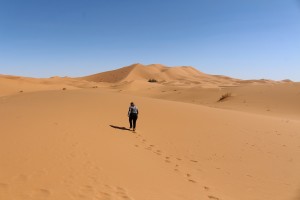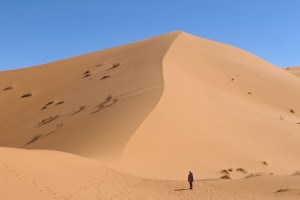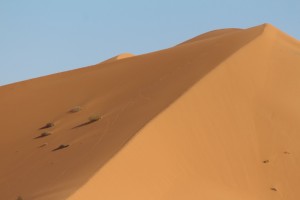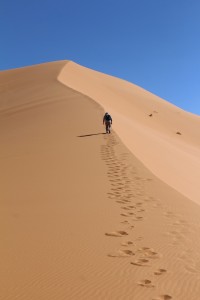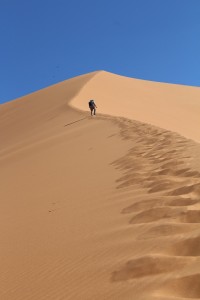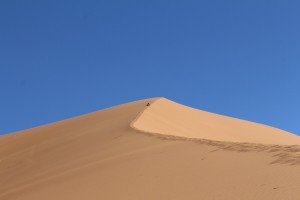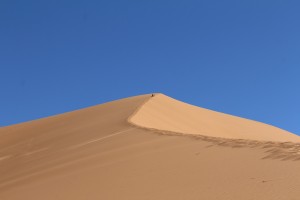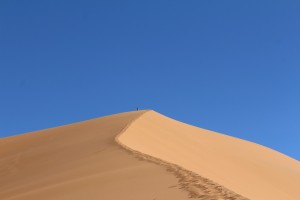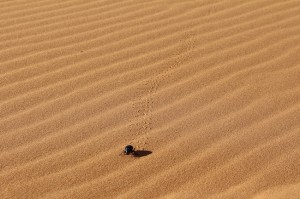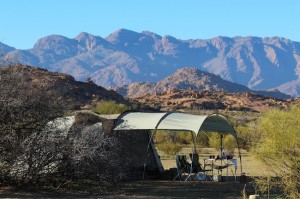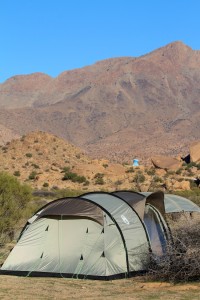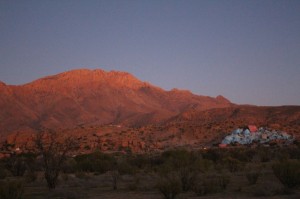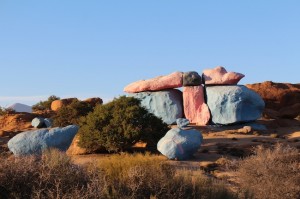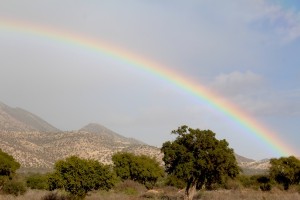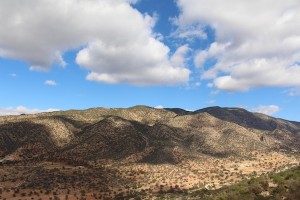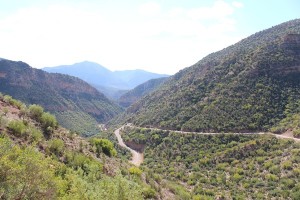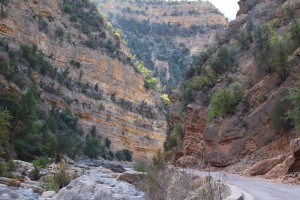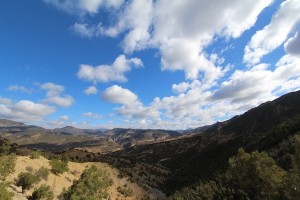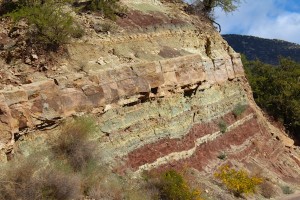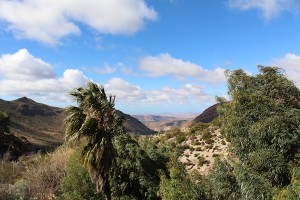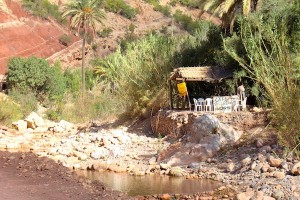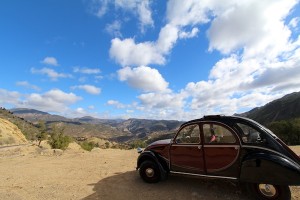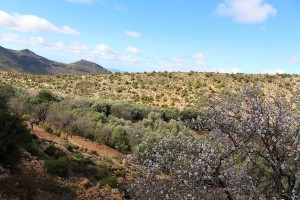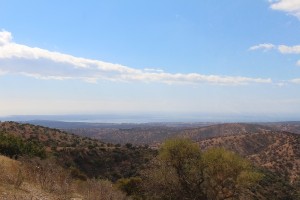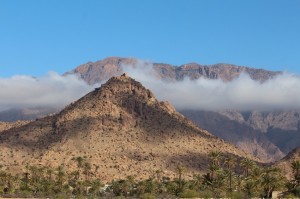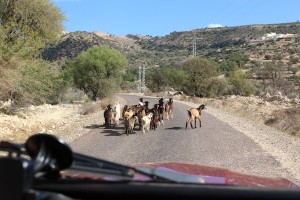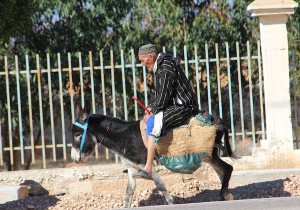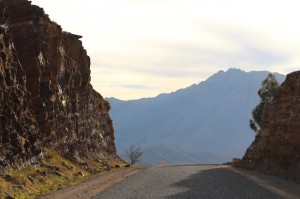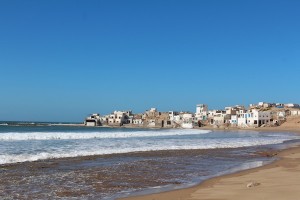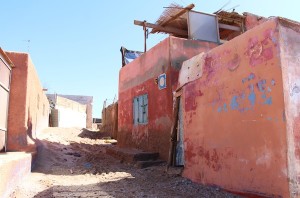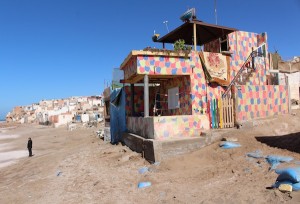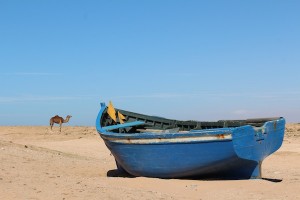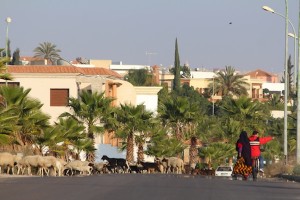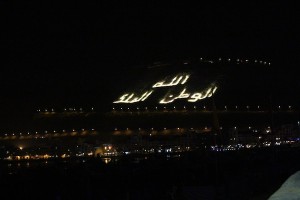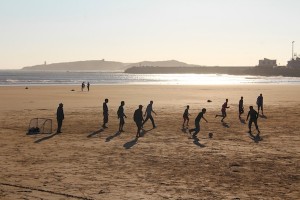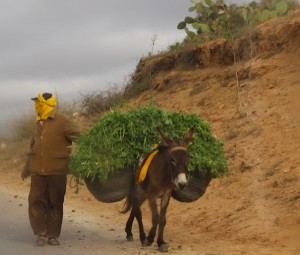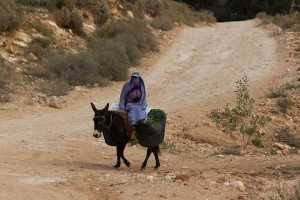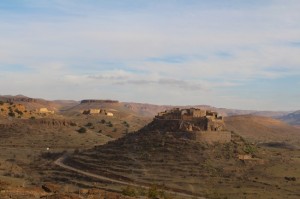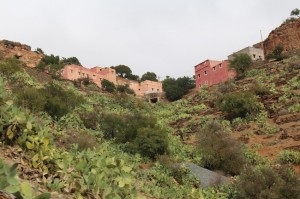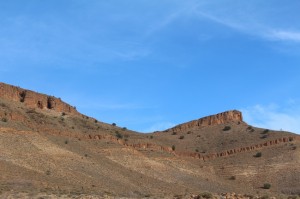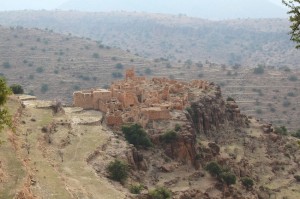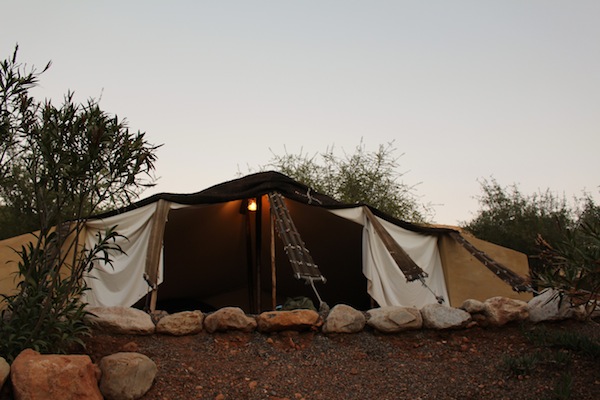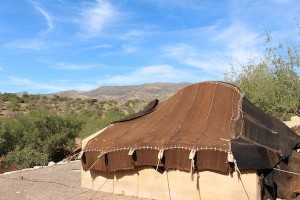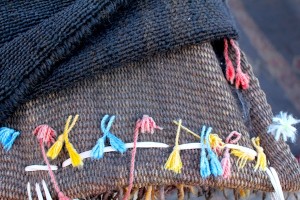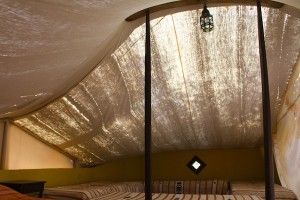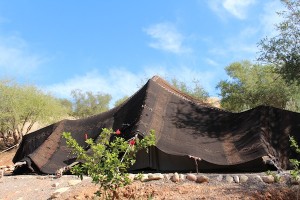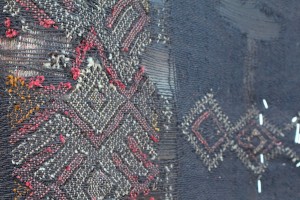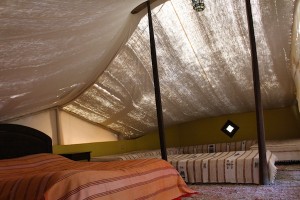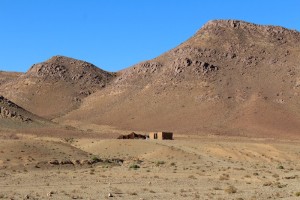I’ve just returned to Bangkok after 4 days riding around Northern Thailand. What a blast! If you enjoy hassle free motorcycle riding on great roads, then this is one for you.
Sara was out of Bangkok for a week, so I took the opportunity to take a side trip to the north. I’ve been to Bangkok many times, including a few short-term work stints, so it was good to travel to places unknown.
I caught the overnight train from Bangkok up to Chiang Mai. The train ride is a great trip by itself. I booked a 2nd class seat, no air con, but the windows open so you get a good breeze and much better views than the fixed windows in the a/c section. The seats are equivalent to business class seats on an international airline, big comfy recliners with loads of legroom. The trip took 16 hours, departing at 10 pm and arriving at 2 pm the next day. At lot of the journey there’s only one line, so you spend some time waiting in a siding for another train coming down the line to pass. There’s a dining car serving good cheap and tasty Thai food. The temperature dropped as the train made its way slowly into the mountains. By early morning it was cool and foggy so I was glad I’d brought a fleece jacket with me. I could have closed the window, but was enjoying the wafts of pine, wood smoke and frangipani, though I could have done without the olfactory evidence of a pig farm nearby at one stage.
At Chiang Mai I grabbed a tuk-tuk to C & P Dirt and Road Bike Rental and picked up a Kawasaki EF6n 650. They also provided a helmet, jacket and gloves. The 650 is about the largest capacity bike you can hire around these parts. There is one shop, Tony’s Big Bikes, run by a couple of English guys, that has a couple of BMW F800GS, but they are quite pricey and booked out months in advance. After a bit of paperwork and taking pictures of all the pre-existing scuffs and scratches on the bike I headed north out of Chiang Mai to Chiang Rai on route 118. It’s a main road, so not challenging, but an enjoyable cruisey ride all the same. I hadn’t slept much the night before so thought it would be a good idea to have an easy ride so start with.
I arrived in Chiang Rai just on dusk and I found a room in the centre of town for 250 Thai baht, about AUS$9.85 or €6.80. Had a quick shower then strolled around the night market near the bus station. There was a stage set up at one end with several bands taking turns doing country and western Thai style. I had a great dinner at one of the many street food vendors. Set up around the market. Its one of the things I love about Thailand, the best and cheapest food is found at the smallest stalls. You can eat a 3-course meal for a couple of bucks. After dinner I bought a bottle of SangSom, Thailand’s favorite rum and retired to the balcony back at my hotel.
Chiang Rai is the northernmost large city in Thailand, on the edge of the Golden Triangle, one of Asia’s main opium producing areas. It also used to be famous for its production of highly potent Buddha sticks. So the next morning in the interests of cultural immersion I lit up a big spliff of highlands Buddha, chased the dragon and skulled half a bottle of SangSom, then hit the road with tyres spinning and pupils pinning.
(ASIO, if you’re reading this, I’m kidding ok, lighten up! It’s for dramatic effect. When I arrive back in Australia I don’t want to hear, “Sir, please step into this room” and the sound of a latex glove being pulled on. Plus, it sounds way more cool and Zaphod Beeblebrox than I had a banana smoothie and checked the exclusions on my travel insurance)
I continued north from Chiang Rai on route 1 for a while, then turned east onto route 1089, close to the Laos border. This is a secondary road with little traffic. In a few places it’s within sight of the Laos border and there are a few military checkpoints and the occasional truckload of soldiers. By the looks on the faces of the soldiers in the back of the trucks as I went barreling past them I was enjoying my early morning ride a hell of a lot more than they were. The first part of the route is a long wide valley with terraced rice paddies and small herds of water buffalo standing around nonchalantly flicking their ears. At the end of a series of valleys, route 1089 becomes route 107 and rises into forested hills, with the corners getting tighter and tighter as you get closer to the top of the ranges. From there it drops down towards Chiang Do. I’m told there is an amazing limestone cave complex at Chiang Do with over 12km of stalactite strewn tunnels to wander, but I didn’t stop to admire them. I was heading south to meet route 1095, the start of the famous Mae Hong Son loop, a motorcycling paradise. According to Wikitravel and Lonely Planet the Mae Hong Son loop takes a minimum of 4 days to complete. It was already mid afternoon when I turned onto route 1095 and my train back to Bangkok was in 2 ½ days so I thought I’d better rack up some km’s and leave the sightseeing to another visit. (Oh yes, I definitely want to revisit this ride!)
I don’t know who counted them, but according to Lonely Planet and Wikiktravel there are 762 bends along the 97 km stretch of road between the start of route 1095 and the town of Pai. I can attest that I thoroughly enjoyed every one of those 762 bends. The road is well maintained (mostly), there are no speed cameras, and the police don’t bat an eyelid at behaviour that would get you arrested on the spot in Australia. Earlier in the day I’d overtaken a local guy on his scooter who was riding flat out with one hand on his head holding his straw hat. Two corners later I came up hard behind a Toyota Hilux police car with 2 police standing in the back with machine guns. I grabbed a handful of brakes and waited for a legal place to overtake. Suddenly the guy on the scooter overtakes all of us on double lines, around a corner, still flat out and still holding his hat on with one hand. The police watch with looks of complete boredom. Ok, I’m getting a sense of how the game is played around here and I like it. It’s reminiscent of that scene from Mad Max 1, Captain Fifi Macaffee “As long as the paperwork’s clean, you boys can do what you want out there”
I should add a qualifier to that. You can do what you want out there, as long as you maintain some common sense and remember the laws of physics still apply. I saw 3 guys on Honda CBX 500’s riding at speed, wearing shorts and thongs, nothing else, not even a helmet. They must think that Thailand has inflatable trucks and marshmallow asphalt.
I arrived in Pai late afternoon and got a great room at The Burger House. 350 baht for a queen size bed in a lovely wood paneled room with a large rattan ceiling fan and a balcony overlooking the street. It even came with a guard dog, which slept next to my bike all night.
Pai is a lively place that feels like Thailand’s answer to Byron Bay. There are lots of international visitors and an eclectic mix of street vendors at the night market. As well as the usual extensive range of great Thai food, there were stalls selling tacos, burritos, lasagna, even English style battered fish and chips. The chicken burrito with guacamole and chilli Thai sauce was delicious. From eavesdropping on a few conversations as I was strolling around, I gathered there was a larger than usual crowd in town for the full moon party happening the following night.
I’d been looking at the Wikitravel article about the Mae Hong Son Loop and saw that it had the ride from Pai to Mae Hong Son as a 1 day ride and the ride from Mae Hong Son to Mae Sariang as another days ride. So, if I rode from Pai to Mae Sariang in one day then I’d be on track to be back in Chiang Mai in time to catch the afternoon train I was booked on.
This was the best days ride of the trip. Just glorious! Not a dull section of the road the whole day. It was cool in the morning when I left Pai. The first few hours are up in the mountains, riding through the forests with long views across the mountains and mist in the valleys. As the day warmed up there was the smell of pine and wood smoke, dappled light through the trees and almost no other traffic. Whatever riding conditions you like, they’re here. Twisty mountain climbs and descents, long sweeping curves along the river flats, the occasional straight stretches to really open the throttle. I probably should have stopped more often to take pictures of the stunning scenery, but I was having too much fun. I didn’t feel like I was pushed for time, and had leisurely coffee breaks every 40 minutes or so. I stopped for lunch in Mae Hong Son and was surprised to find there’s an airport literally in the center of town. If a plane overshot the runway it would have come through the back wall of the café where I ate.
The road from Mae Hong Son to Mae Sariang is less mountainous than the mornings ride so I made good time and was in Mae Sariang by mid afternoon. I got a room at the River Bank Guest House, overlooking the Yuam River. After a quick shower and a stroll down the main street to find my favorite street food, grilled pork skewers, I settled on the balcony with a book and a SangSom rum and coke to watch the sunset.
The next morning was a lazy, late start. An hour spent drinking café lattes and watching the goats frolicking and foraging on the opposite riverbank. I was only a 3 hours ride away from Chiang Mai, but I wanted to take a detour up to Doi Ithanon, Thailand’s highest mountain. It was only a 100km round trip, up and back, and I didn’t have to be at the train station in Chiang Mai till 5pm, so what the heck.
You’re probably getting bored with reading about the fantastic riding conditions. You’re thinking, “Yeah, yeah, more twisting turning weaving, loads of fun, we get the picture” Suffice it to say, it was great. I followed route 108 east out of Mae Sariang for a couple of hours then turned left onto route 1009 towards Doi Ithanon. After about 10 km’s I came to the entrance to the Doi Ithanon National Park. As I was paying the entrance fee I asked how far to the summit of Doi Inthanon and was told 40 km, one hour. Hmm, one hour? Perhaps the road is steeper and more winding than I’d first thought. Oh well, if it took an hour I’d still just make it to drop off the bike and high tail it to the train station if I got to the top, turned around and came straight back down. As it turned out, the 40 km was true, but 20 minutes later I was in the parking area at the summit. The temperature dropped remarkably in those 20 minutes and it was the first time I’d wanted to keep the jacket on once stopped. After a quick look around and a photo to show I’d been there I rode a few kilometers back down the hill to admire the gardens at the twin temples.
Another 45 km’s down the mountain and I was back on route 108. From there it’s a straight, dull, four lane divided road most of the may back to Chiang Mai, so nothing to mention there. I dropped the bike off with time to spare, grabbed a late lunch, and hopped a tuk-tuk back to the train station. Another 16 hours on the train and I was back in Bangkok by 10am the next morning.
As I mentioned earlier the guides say the Mae Hong Son loop is a minimum of 4 days, but if you’re just after a great ride without stopping for sightseeing you could do it comfortably in 2 days. That still allows plenty of time for leisurely coffee breaks, meals stops and still be in time for sunset G&T’s.

